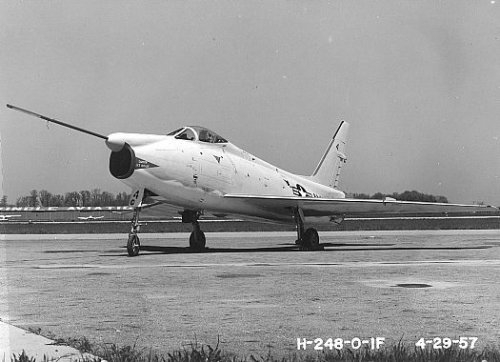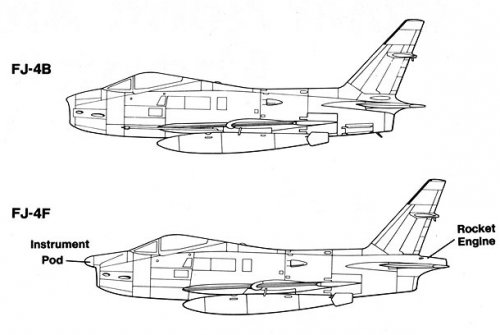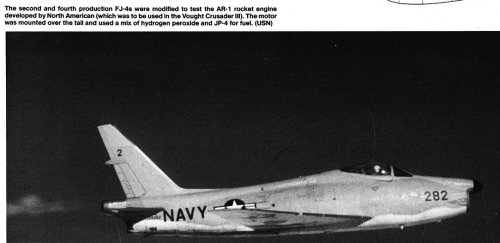XP67_Moonbat
ACCESS: Top Secret
- Joined
- 16 January 2008
- Messages
- 2,271
- Reaction score
- 543
Amazing what you discover from a bargain B&N airplane book. Just like I found out about the Boeing Skyfox program from the same book (http://www.secretprojects.co.uk/forum/index.php/topic,7276.0/highlight,skyfox.html), I discovered this FJ-4 variant. All I had was one picture and a brief sentence. One picture leads to a Google search. And voila! :
http://www.astronautix.com/craft/fj4f.htm
I also learned the Air Force had a similar program for rocket-boosted F-86F's. Couldn't find any pics of this program however.
http://sabre-pilots.org/classics/v21rocket.htm
http://sabre-pilots.org/classics/v143what.htm
http://www.astronautix.com/craft/fj4f.htm
I also learned the Air Force had a similar program for rocket-boosted F-86F's. Couldn't find any pics of this program however.
http://sabre-pilots.org/classics/v21rocket.htm
http://sabre-pilots.org/classics/v143what.htm





